Unmasking Catwoman: The Complex Psychology of Gotham’s Feline Femme Fatale
Who is Catwoman? Is she a villain, an antihero, or just a misunderstood lady with a penchant for shiny things? Since her first appearance in Batman #1 in 1940, Catwoman has evolved from a two-dimensional thief into one of the most intricate characters in the DC universe. With layers of intrigue rich enough to rival any heist, her personality is a cocktail of charm, cunning, and contradiction—making her a compelling subject for psychological exploration.
The Duality of Selina Kyle
At her core, Catwoman, whose real name is Selina Kyle, embodies complexity. She operates in a gray area between good and evil, which sets the stage for her relationships with others—be it heroes, villains, or the very society that both fears and admires her. This duality often stems from her tumultuous past. Orphaned at a young age and forced to fend for herself on the harsh streets of Gotham, Selina’s formative years cultivated a survival instinct that remains with her to this day. Surprisingly, this struggle serves as her driving force, as it both motivates and complicates every aspect of her life.
Motivation and Morality: For Selina, the thrill of the heist is not just about material wealth; it’s about gaining agency in a world that has often stripped her of it. She closely navigates her moral compass, often leading her to break the law while simultaneously rejecting an outright villainous identity. This creates an intriguing cocktail of motivations—she steals not only for greed but also for freedom, agency, and empowerment. In this way, Catwoman becomes a symbol of defiance against societal norms.
A Look at Relationships: Love, Power, and Betrayal
The Dynamics with Batman: A Complex Tango
Selina’s most notable relationship is undoubtedly with Batman. Their romantic entanglement is fraught with tension, desire, and philosophical debates about morality. On the surface, Batman represents order and justice, while Catwoman embodies chaos and opportunism. This yin-yang dynamic keeps audiences captivated, highlighting the complexities of their attraction.
Imagine a dance where neither partner wants to lead but both are drawn to each other in a delicate interplay of tension and release. Each encounter is laced with flirtation and conflict, making their bond a prime example of opposites attracting. Batman acts as the moral anchor for Selina, pulling her toward a more honorable path, while she challenges him to loosen his rigid views, accepting the beauty of imperfection.
Sisterhood and Rivalry: Her Relationships with Other Women
What’s often neglected in Catwoman’s story is her relationship with other women. Characters like Harley Quinn and Poison Ivy add layers to Selina’s narrative, exploring themes of empowerment, rivalry, and camaraderie. For instance, in the Gotham City Sirens series, Catwoman collaborates with these characters, displaying a nuanced sisterhood that contrasts sharply with traditional depictions of females in comic books. In a world often dominated by patriarchal figures, these relationships highlight the complexity of femininity and the strength found in female alliances.
Yet, these interactions are not without their challenges. Selina struggles with trust issues rooted in her past. Her instinct to act independently often leads to friction, as she fears vulnerability. This creates a cycle of isolation; to protect herself, she risks alienating those who could offer her support.
Society and Institutions: A Clash with Norms
The broader society in Gotham is crucial to understanding Catwoman’s psyche. She often finds herself in opposition to establishments and institutions that define morality and justice. Take her encounters with the police, for example. While they see her as a criminal deserving of punishment, she views herself as a revolutionary figure challenging a corrupt status quo. In many ways, Catwoman embodies the struggle of the disenfranchised fighting back against institutional oppression.
This dynamic raises the question: who determines right and wrong? Catwoman is frequently depicted as a Robin Hood-like figure, stealing from the rich and giving to herself, or at least using her gains to help those in need. This creates a conflict where she must navigate her identity within a society that both vilifies and secretly admires her.
The Good, the Bad, and the Infinite Complexity
It’s easy to paint Selina Kyle as merely a thief or a seductress, but there’s an undeniable depth to her character when we examine her motivations and relationships. She represents the flaws inherent in humanity—flawed yet striving for redemption. Each of her relationships serves as a mirror, reflecting her internal struggles while also providing a platform for growth.
Empathy and Redemption
Surprisingly, Catwoman often exhibits a strong sense of empathy. Her connection to the underprivileged in Gotham suggests a desire to uplift, not destroy. This is poignantly highlighted in stories where she mentors younger women or displays care for stray animals—a nod to her own abandoned childhood. Her redemption arcs frequently focus on her attempts to navigate her darker impulses while aspiring to be better. This desire for growth is relatable, making her not just a character in a comic book, but a powerful symbol of the human condition.
The Challenges of Trust
While her dynamic with Batman reflects passion and potential partnership, her relationships with other characters are often tested by her deep-seated issues with trust. Selina’s inclination to play the lone wolf complicates her ability to connect meaningfully with others. For example, while she attempts to forge allegiances with women like Poison Ivy, there’s always a perpetual fear of betrayal lurking in the background—driven by her belief that nobody can be truly trusted.
Conclusion: Catwoman as a Reflection of Society
To understand Catwoman is to confront the complexities of human nature and the ambiguous lines between good and evil. She’s more than a villain; she’s a critique of the systems that govern us, an embodiment of resilience, and a reminder that the path to empowerment is often littered with moral dilemmas and emotional barriers. As audiences, we are drawn to her not just for her allure but also for her fierce independence and complexity.
What do you think about Catwoman’s relationships and motivations? Do you see her as a hero, an antihero, or something else entirely? Regardless of your perspective, it’s clear that Selina Kyle represents the intricate dance of navigating life’s moral gray areas. I invite you to share your thoughts in the comments below.
Don’t forget to subscribe to our newsletter for more insights into the complex world of your favorite characters and the deeper meanings behind their stories. Get a chance to become permanent residents of iNthacity: the “Shining City on the Web”!
Disclaimer: This article may contain affiliate links. If you click on these links and make a purchase, we may receive a commission at no additional cost to you. Our recommendations and reviews are always independent and objective, aiming to provide you with the best information and resources.
Exclusive Stories, Photos, Art & Offers - Subscribe Today!






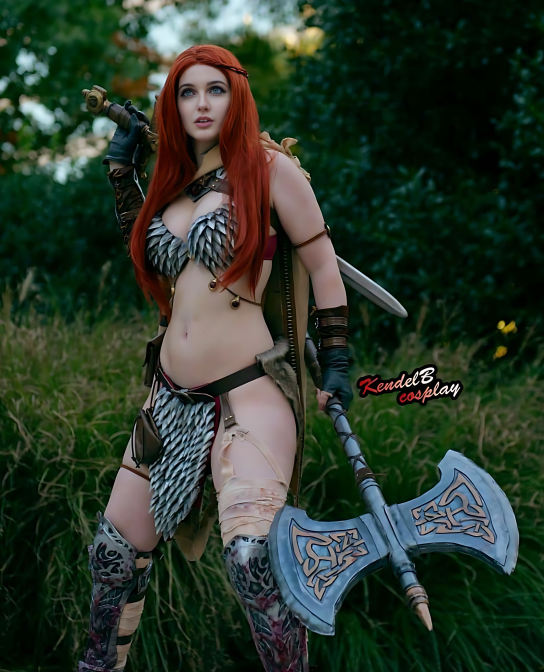

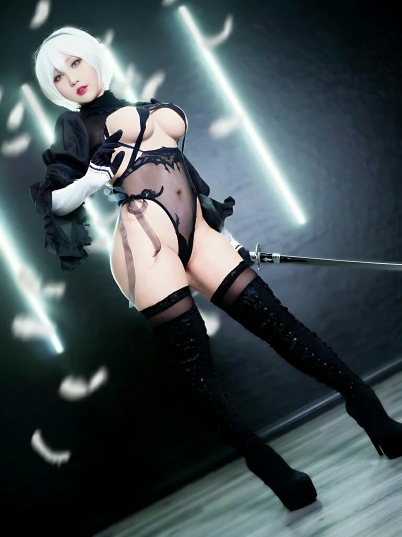
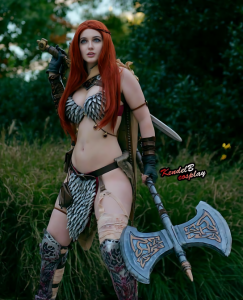
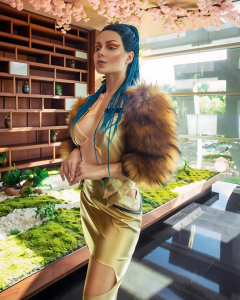
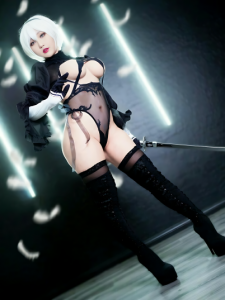
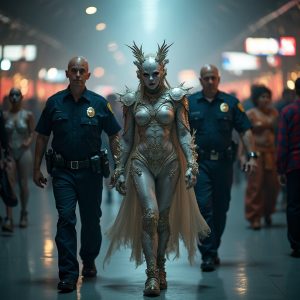
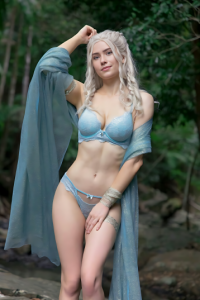
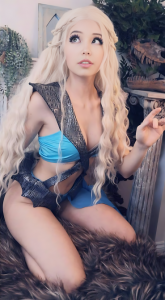


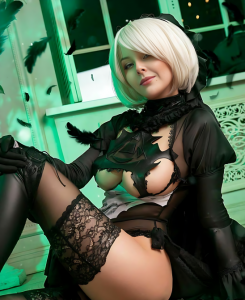

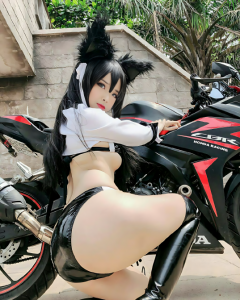












Post Comment